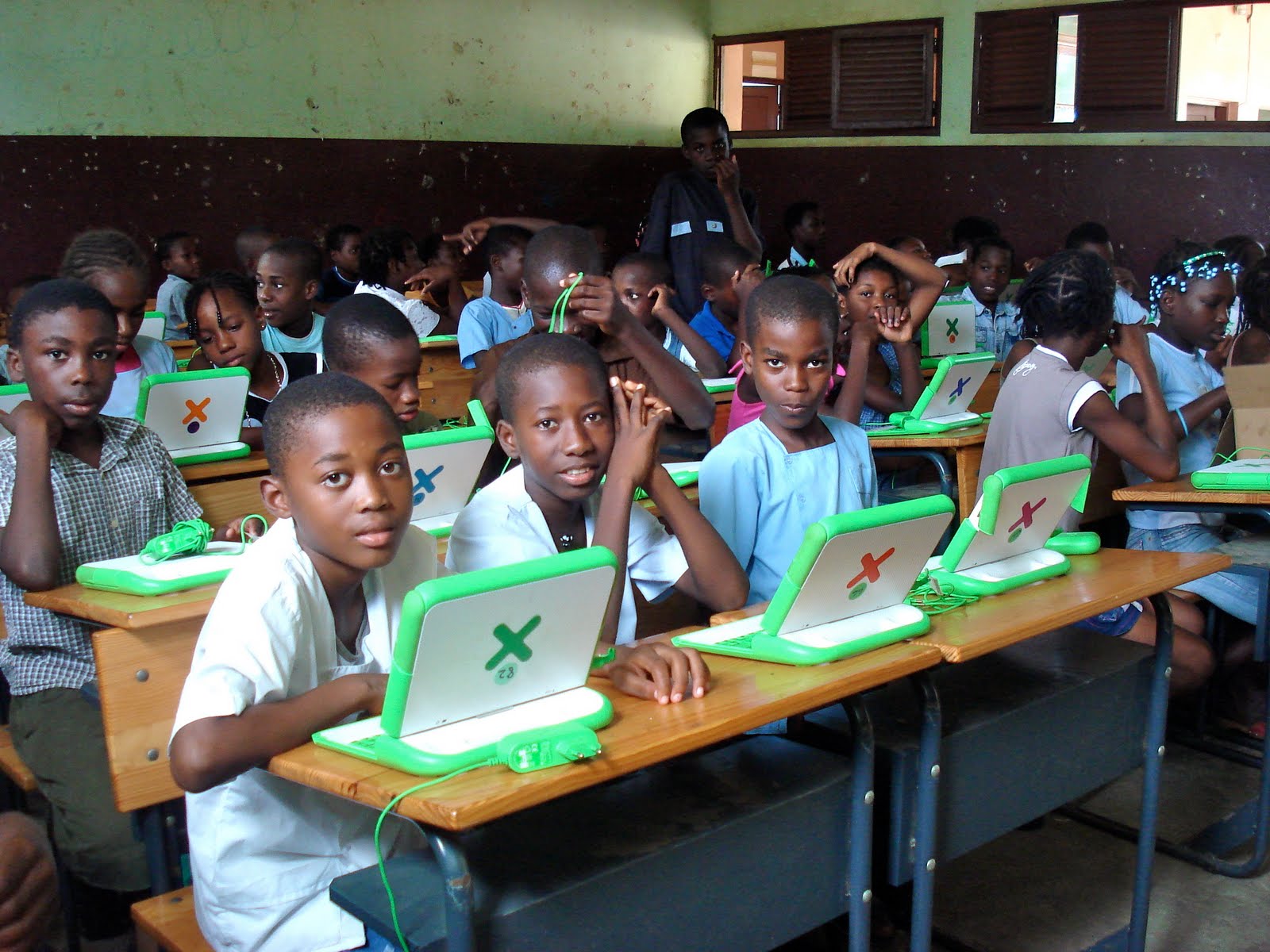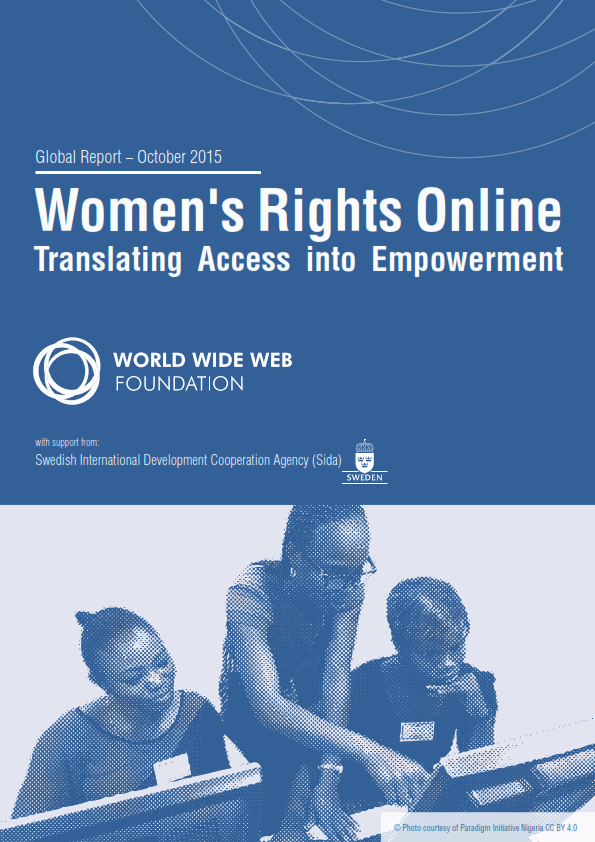The internet has become an essential component of daily life, enabling rapid information availability, connection, and pleasure. Nonetheless, not all nations provide the web’s independence and openness. There are locations throughout the globe that lack internet and computer access. This inequity has significant repercussions as it impedes progress in schooling, healthcare, and civil liberties. Luckily, corporations and foundations constantly work to transcend this barrier and offer these services to everyone, especially emerging countries. These activities can substantially impact enhancing democracy, safeguarding human rights, encouraging training, and helping people. For instance, One Laptop per Child (OLPC) and the World Wide Web Foundation have spent years bringing digital internet access and technology to undeveloped countries (Yanguas 4; Allemang et al., 100). They aim to enhance education and encourage people to take ownership of their lives. Citizens can also participate in these initiatives by sponsoring these groups or offering their time and expertise. Furthermore, individuals may push for legislation encouraging widespread internet and computing innovation access. By collaborating, people can guarantee that everyone can benefit from the Internet’s transformational potential.
Personal Reaction and Critical Analysis
The internet has evolved into an indispensable medium in today’s society, making it possible for individuals to communicate with one another, further their education, and gain access to information globally. However, the freedom to use the internet is not universally available since many nations block online content or limit access to particular websites and services (Striegl and Emerson 60). Moreover, millions worldwide do not have access to the internet because of factors such as insufficient infrastructure, poverty, or political policies. Increasing access to the internet in developing countries may have several beneficial effects, including increased government transparency, support for human rights, improvement of educational opportunities, and provision of access to essential healthcare services.
Charities Providing Computer Technology and Internet Access
Underserved communities are receiving internet connectivity, new technology, and training thanks to the efforts of charities and non-profit organizations like the World Wide Web Foundation and the Internet Society. These groups are working to close the digital divide. The One Laptop Per Child (OLPC) initiative powerfully illustrates this type of effort (Class). Founded in 2005, OLPC is a global initiative that aims to improve educational outcomes and enhance digital literacy by distributing low-cost, durable laptops to children living in impoverished countries (Yanguas 4). Around 3 million computers have been given away to children in over 40 countries as part of this program (Yanguas 4). Nonetheless, it is essential to remember that merely making an internet connection available is insufficient. Consequently, efforts need to be taken to guarantee that access to the internet is fair, safe, and secure (Class). This includes encouraging digital literacy, respecting users’ privacy, and allowing them the ability to express themselves. Therefore, boosting internet connectivity to underdeveloped countries is essential for advancing global egalitarianism and bettering lives. It is laudable that groups such as OLPC are working to address the digital divide and guarantee that the internet becomes an unbiased, inclusive, and powerful resource for all.

Additionally, the World Wide Web Foundation is a non-profit corporation whose mission is to make the internet accessible and valuable to everyone. The foundation pushes for digital inclusion-promoting guidelines and procedures. The institute works with authorities, grassroots groups, and commercial sector actors to establish digital divide-addressing policies. The charity also fights for an open, free, and universally accessible internet. As a result, the organization undertakes a study on the condition of the internet and its influence on society. Accessibility, convenience, and technological literacy are the focal points of their inquiry (Allemang et al., 100). Lastly, the foundation provides training and capacity-building seminars to associations working towards digitalization. The programs emphasize the development of the abilities and expertise necessary for the efficient use of digital technology (WeRockTech). The institution also provides groups with materials and instruments to facilitate online inclusivity. As such, this foundation is essential in overcoming the digital gap by pushing for legislation that supports connectivity, performing experiments, offering capacity-building initiatives, forming collaborations, and promoting innovation.

Benefits and Consequences of Computer Technology and Internet Access
Offering computer technology and web connectivity to developing nations is complicated, with beneficial and detrimental repercussions. On the one hand, such programs can increase service delivery, safeguard human rights, promote education for kids, and save lives by facilitating the utilization of medical services and health records. Such measures may exacerbate existing inequality and disparities, among other difficulties. Empowering developing nations with digital technologies and an internet connection can boost the effectiveness of government offerings (Atlam et al. 43). By facilitating internet interactions and knowledge exchange, administrations can more quickly communicate data and materials to citizens, increasing visibility, openness, and public engagement. This can also aid countries in addressing problems like waste and graft, leading to better and balanced laws and processes.
The possibility of preserving human rights is another advantage of enabling technological devices and online access. The availability of data and interaction can assist people and groups in organizing and advocating for their interests, particularly in nations where freedom of expression and gathering is prohibited. Moreover, online tools can provide crucial details about basic protections, medical services, and training, helping people make knowledgeable choices. Providing children with web access can improve their learning and development, especially those in impoverished or secluded regions (Atlam et al. 43). Using online educational programs can enhance conventional classroom instruction, providing students with a complete education that prepares them for ultimate prosperity. Technology access can also improve rational reflection and information literacy, crucial to thriving in today’s evolving digital society.
However, equipping developing nations with the use of computer innovation and the internet also has negative implications. Such activities can, for instance, worsen existing disparities and create new ones. Affluent persons may have better access to digital and internet tools than impoverished and marginalized societies, perpetuating economic and social inequities. Another potential adverse outcome of offering computer systems and internet access is cultural discord (Atlam et al. 43). Some online equipment may provide material that clashes with customary opinions or principles, causing unrest and pushback in some populations. However, internet connection can be abused for damaging or illegal reasons, such as harassment or offensive language, worsening existing disputes.
Socio-Historical and Gender Analysis
The internet has significantly influenced the sociohistorical setting of numerous nations. In societies with little or no internet connection, residents may be unable to contact people beyond their surrounding communities or obtain data to help them make educated decisions. This might cause an absence of international knowledge and comprehension and constrained utilization of instructional tools. Furthermore, in nations with controlled internet access, the authorities may regulate how data travels and employ it for propagandist purposes. Thus, this can result in a lack of state openness and oversight, prolonging malfeasance and infringing on human rights. On the contrary, governments, educational systems, and overall living standards have improved in nations with greater internet access and freedom (Nichols and Amy 15). In the Arab Spring uprisings in the Middle East, social networking sites were utilized to coordinate protests and push for democratic reforms. This program has seen such women gain insight into computer innovations improving their digital literacy.
Access to computers and web browsing is difficult for women in numerous nations. This can restrict their consumption of pedagogical materials, work possibilities, and medical information. Women in developing countries are especially susceptible to these challenges because they frequently encounter social, institutional, and financial hurdles to digital literacy. By supporting women in underdeveloped nations with assets and instruction, groups and foundations are attempting to reduce these marginalizations of women. For instance, Afghanistan’s “She is Coding” initiative trains women in computer science, while the “Women in Tech Africa” movement aims to integrate women across the region with information and coaching possibilities. The program has seen women in Africa become computer literate, improving their online knowledge-base.
Conclusion
The internet can revolutionize civilizations and enhance the quality of life for individuals worldwide. Nonetheless, not all nations provide the same degree of accessibility or independence. Via institutions and charities, individuals may seek to make these tools accessible to everybody, including women in impoverished countries, and confront the sociohistorical concerns of constrained technological access. By doing so, people may aid in the promotion of administrative openness, the enforcement of human rights, the encouragement of children’s education and development, and even the saving of lives by enabling access to medical knowledge.
Works Cited
Allemang, et al. Semantic Web for the Working Ontologist: Effective Modeling in RDFS and OWL. 2nd ed., ACM Press, 2020.
Atlam, Hany F., et al. “Blockchain with Internet of Things: Benefits, Challenges, and Future Directions.” International Journal of Intelligent Systems and Applications, vol. 10, no. 6, 2018, pp. 40-48. Web.
Baecker, Ronald M. Computers and Society: Modern Perspectives. Oxford University Press, USA, 2019.
Nichols, T. Philip, and Amy Stornaiuolo. “Assembling “Digital Literacies”: Contingent Pasts, Possible Futures.” Media and Communication, vol. 7, no. 2, 2019, pp. 14-24. Web.
“One Laptop per Child Initiative.” YouTube, uploaded by Class, Crash, Web.
Sjöholm, Maria. International Human Rights Law and Protection Against Gender-based Harm on the Internet. Springer, 2022.
Striegl, Libi, and Emerson, Lori. “Anarchive as Technique in the Media Archaeology Lab: Building a One Laptop Per Child Mesh Network.” International Journal of Digital Humanities, vol. 1, no. 1, 2019, pp. 59-70. Web.
“World Wide Web Foundation Presentation.” YouTube, uploaded by WeRockTech, Web.
Yanguas, Maria Lucia. “Technology and Educational Choices: Evidence from a One-Laptop-Per-Child Program.” Economics of Education Review, vol. 76, 2020, pp. 1-13. Web.